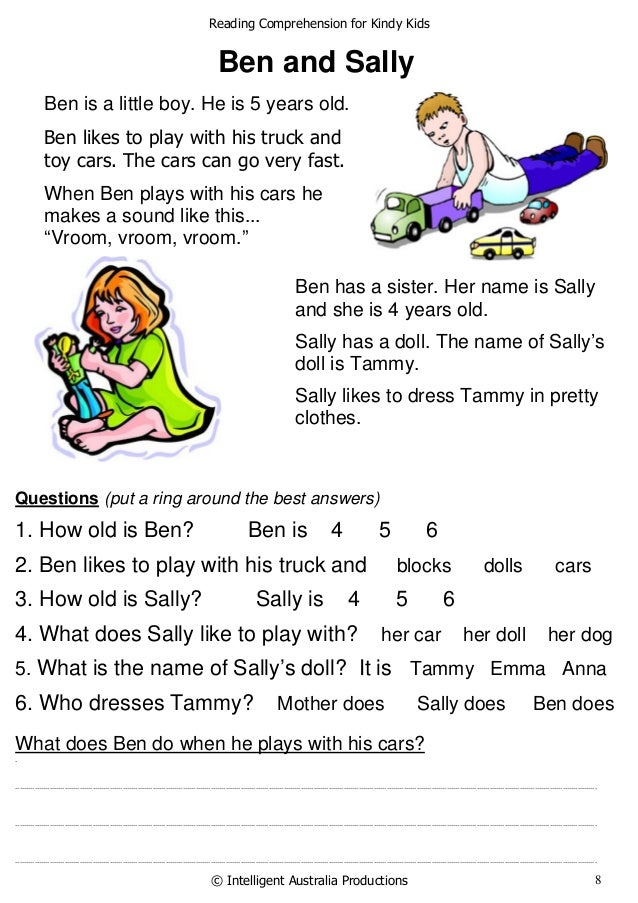How to help my child with comprehension
How to Help Your Child With Reading Comprehension
What helps kids understand what they read? Being an active reader is key. That means focusing on the text, questioning it, and taking mental notes. You can work on these skills with your child at home. Use these seven tips to help improve your child’s reading comprehension.
1. Make connections.
When kids connect what they already know to what they read, it helps them focus. Show your child how to make connections when you read aloud. If a book mentions places you’ve been to with your child, talk about those memories. Then have your child give it a try.
2. Ask questions.
Asking questions encourages kids to look for clues in the text. When you read together, ask questions to spark your child’s curiosity. Ask things like “What do you think will happen?” or “How is that character feeling?”
3. Make “mind movies.”
Visualizing helps bring a story to life. That’s where mind movies come in. When you read with your child, describe what the scene looks like in your head. Talk about how it makes you feel. You can use other senses, too. For example, if the scene takes place outside, what does it smell like?
Then invite your child to make a mind movie, too. Point out how your child’s movie is different from yours. If your child likes to draw or color, encourage your child to make a picture of the scene, too.
4. Look for clues.
When you combine what you already know with clues from a story, you can make guesses or predictions. These are inferences. And making them is a great way to build reading comprehension.
For example, when we read “Kim’s eyes were red and nose was runny,” we can infer that Kim has a cold or allergies. Help your child do this as you read. If a character is wearing gym clothes and sweating, ask your child what the character might have been doing before.
5. Figure out what’s important.
Ask your child: Who are the main characters? What’s the most important thing that has happened in the story so far? What problem are the characters trying to solve? When kids can point out what’s important, they’re more likely to understand what they read.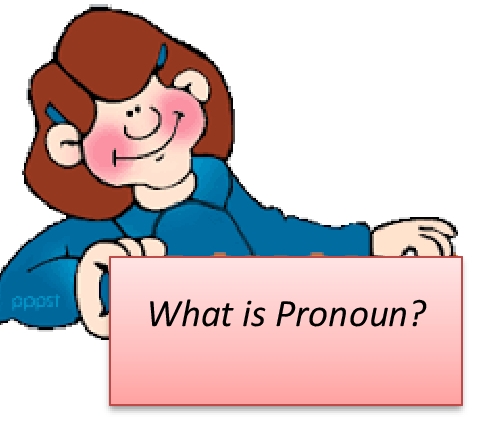
Your child can also use a tool called a graphic organizer to do this. A “story element” organizer keeps track of the main characters, where the story is taking place, and the problem and solution of the story.
6. Check understanding.
It helps to encourage kids to stop and ask themselves, “Is this making sense?” If your child gets stuck, suggest rereading the part that didn’t make sense. What about it was confusing? Were there specific words that tripped your child up?
7. Try new things.
The more kids know about the world, the more they can get meaning out of what they read. You don’t have to take an expensive trip or go to a museum to do this, though. You can expand kids’ background knowledge and vocabulary in lots of ways.
Shooting hoops or watching a baseball game can help your child connect more with books about sports. Riding the subway might make your child interested in books that take place in big cities.
Even with these tips, some kids still have a hard time understanding what they read. Learn more about how to help your child with reading. And get an expert’s take on why kids may have trouble understanding or remembering what they read.
Learn more about how to help your child with reading. And get an expert’s take on why kids may have trouble understanding or remembering what they read.
My Child Struggles With Reading Comprehension. What Can I Do?
Knowing how to read and understanding what you read are two very different things. Many children are able to pronounce every word in a passage, but they lack reading comprehension skills, which means they don’t understand what the passage means.
Strong reading comprehension skills are crucial to your child’s academic and professional success. That’s why if you’ve ever thought, “My child struggles with reading comprehension,” it’s important to know what you can do to help your child improve these vital skills.
What Are the Signs Of A Reading Comprehension Problem?
It can be hard to spot the signs of a reading comprehension problem. This is especially true if your child has strong decoding and fluency skills, which means they are able to correctly pronounce words and read quickly.
Knowing how to spot the signs of a reading comprehension problem is the key to getting your child the help they need to succeed. Here are some of the signs you should look for:
- Your child is unable to determine the difference between important and minor details of a passage.
- Your child struggles to connect two different ideas within a passage.
- Your child cannot summarize what they have read or answer questions about the characters, main events, or other elements of the story.
- Your child can read a lot of words, but doesn’t understand what they mean.
If you spot any of these signs, it could indicate that your child is struggling with reading comprehension.
Why Does My Child Have Trouble With Reading Comprehension?
There are a number of reasons why a child may struggle to develop strong reading comprehension skills. Some of the most common causes of reading comprehension problems include:
- Dyslexia: This learning disability makes reading much more difficult, which can impact a child’s ability to understand what they are reading.

- Attention deficit hyperactivity disorder (ADHD): Kids with ADHD find it hard to pay attention, so they may not be able to focus on what they are reading, which can impact their ability to understand it.
- Lack of interest: If your child is not interested in reading, they may not be motivated to focus on the text.
- Limited vocabulary: If your child’s vocabulary is limited, they may find it difficult to extract meaning from a text since they won’t be familiar with most of the words.
- Lack of instruction: Some children struggle with reading comprehension simply because they have not been taught how to develop these skills.
As a parent, you should try to pinpoint the underlying issue that is causing your child’s reading comprehension problem. This will help you determine the best strategy that can be implemented to improve your child’s reading comprehension skills.
How Can I Improve My Child’s Reading Comprehension?
There are countless ways that parents can help improve their child’s reading comprehension skills at home. Try these strategies:
Try these strategies:
Ask Questions
Parents should get in the habit of asking their child questions about the text they are reading. Don’t wait until your child has finished reading a story to ask. You should try to ask them questions before, during, and after they finish reading. Start with these:
- What do you think this story will be about based on the cover’s illustrations?
- What do you think will happen next?
- What caused this event to happen?
- What was the character feeling when he said or did this?
- What’s the main character’s name?
Asking questions like these will keep your child engaged in the story, help them connect ideas, and deepen their understanding of the text.
Choose the Right Books
Let your child choose what they want to read. Letting your child choose will give them the opportunity to select a book that they are actually interested in reading. This may improve their ability to focus, which will enhance their reading comprehension skills.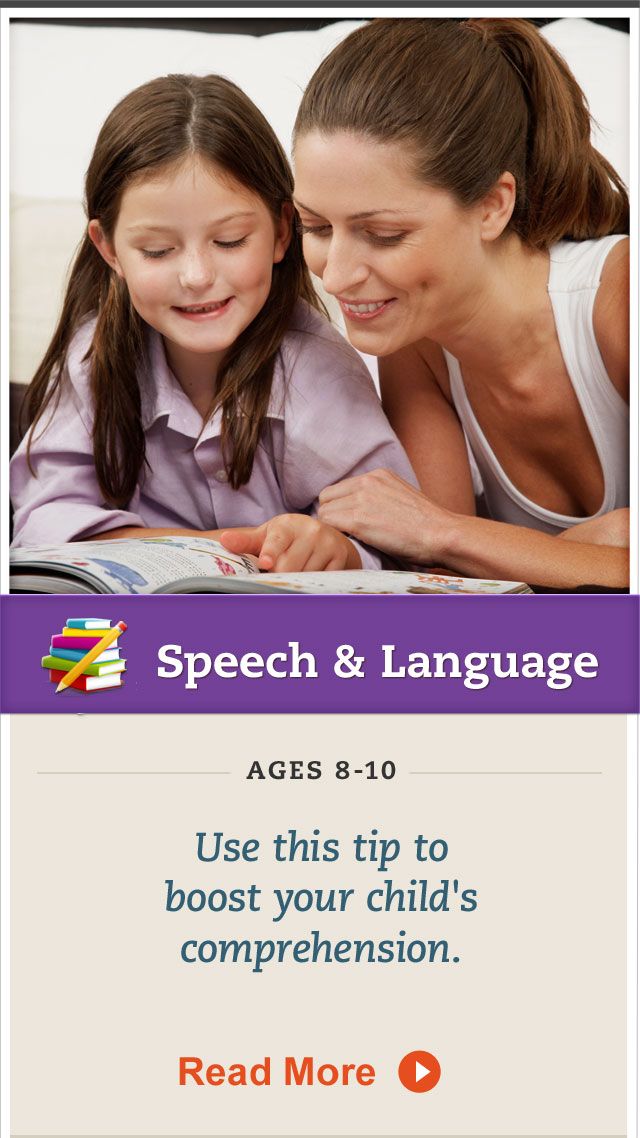
You should also make sure that you are choosing level-appropriate books. If the text is too difficult for your child, it will be incredibly challenging for them to understand what they are reading.
Reread Difficult Passages
If your child doesn’t understand a passage, ask them to reread it with you. Then, use this as an opportunity to teach them how to extract meaning from a difficult passage.
If they encounter a word they aren’t familiar with, show them how to look it up in the dictionary. Point to context clues in the passage that they can use to figure out what the text means. Help them connect the events of the story to something that has happened in their life.
Teaching your child these strategies will help them drastically improve their reading comprehension skills.
What is the Best Reading Comprehension App For Struggling Readers?
One tool that parents can use to help their children improve their reading comprehension skills is the Readability app. Readability is the only app that is designed with a voice-based questions & answers feature, which allows your child to communicate with the app like they would with a reading tutor.
Readability is the only app that is designed with a voice-based questions & answers feature, which allows your child to communicate with the app like they would with a reading tutor.
The app will ask your child questions about the text and listen as your child responds to confirm that they understood the passage. This innovative feature will keep your child engaged with what they are reading, which can help them develop stronger reading comprehension skills.
Download the Readability app on your smartphone or tablet to start the free 7-day trial today.
90,000 ten ways to help the child understand speechUseful links
01/01/19
Cheat sheet for parents of autistic children from a speech therapist
Author: Loren Lowry
Source: 1to1therapy
Cheat sheet for parents of young children who have difficulty understanding speech. 10 Tips for Developing Speech Understanding in Everyday Situations (Beyond Professional Help):
1.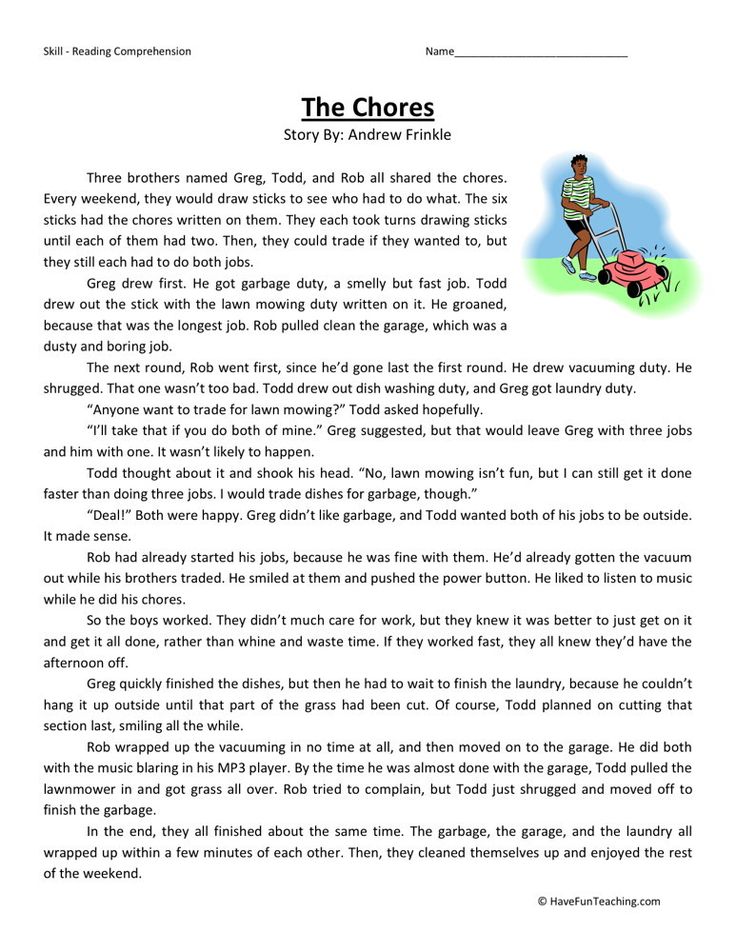 Try to be at the child's eye level and make sure he is looking at you first before speaking to him. If he is focused on something else, then first get his attention, for example, by patting him on the shoulder.
Try to be at the child's eye level and make sure he is looking at you first before speaking to him. If he is focused on something else, then first get his attention, for example, by patting him on the shoulder.
2. Keep the noise level in the environment as low as possible so that it is easier for the child to concentrate on what you are saying. For example, turn off the music or the TV before giving your child instructions.
3. Keep the number of instructions to a minimum. Tell your child only one short instruction at a time.
4. Reduce the number of words, addressing the child at a level that he understands. Use the "plus one word" rule - tell your child one word more than the child can say. For example, say one word if the child does not speak at all, short phrases of 2-3 words if the child can say one word, and so on. (Also see: What is Speech Economy).
5. Accompany your speech with gestures. For example, point to shoes when you say "Put on your shoes" or point to a chair when you say "Sit down.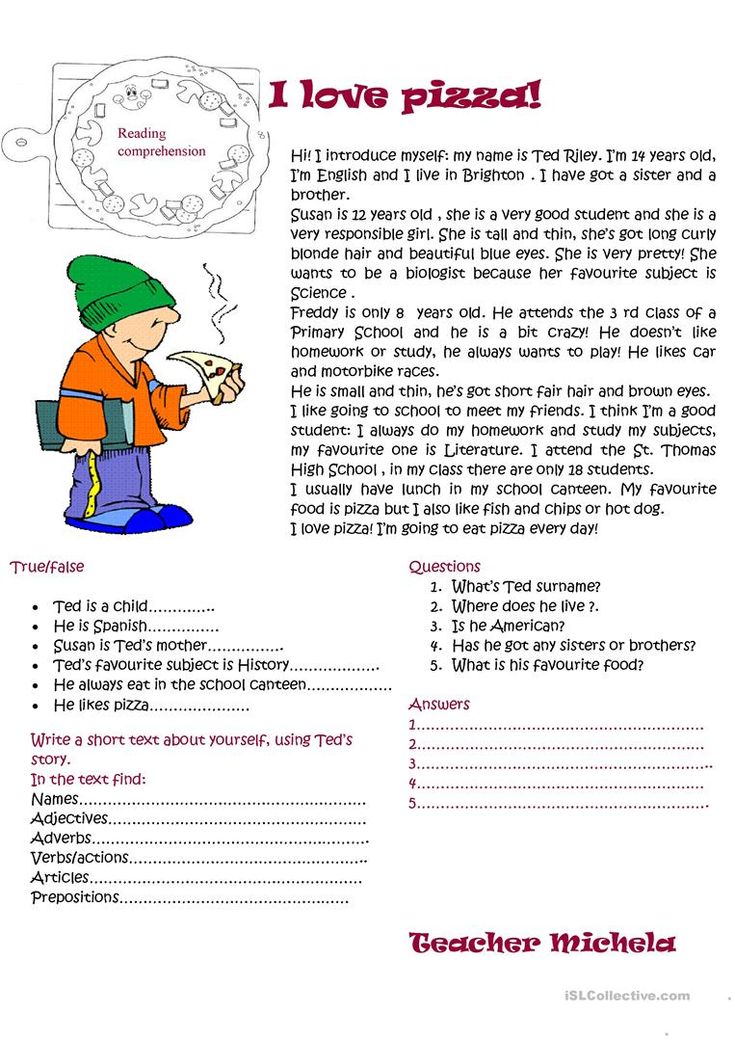 "
"
6. In addition to the pointing gesture, accompany your speech with accentuated facial expressions, try to speak emotionally to involve the child.
7. When talking to your child, use visual cues, such as pointing to the Now-Later board, cards indicating specific instructions, a visual timetable. (See also: Visual Support for Autism.)
8. Try "total communication" - accompany your speech with alternative communication (whichever way your child is using or learning to use). For example, follow certain words with sign language gestures or point to their corresponding PECS images.
9. In everyday situations, comment and describe the child's actions, remembering to simplify the language and speak in the way you usually address him. For example, you can say "toys" when he started putting away toys, or "boots" when he takes off his shoes.
10. Try to play regularly with your child and at the same time model speech for him and comment on his actions. Follow the child's interests, name his favorite toys and accompany his actions with short phrases.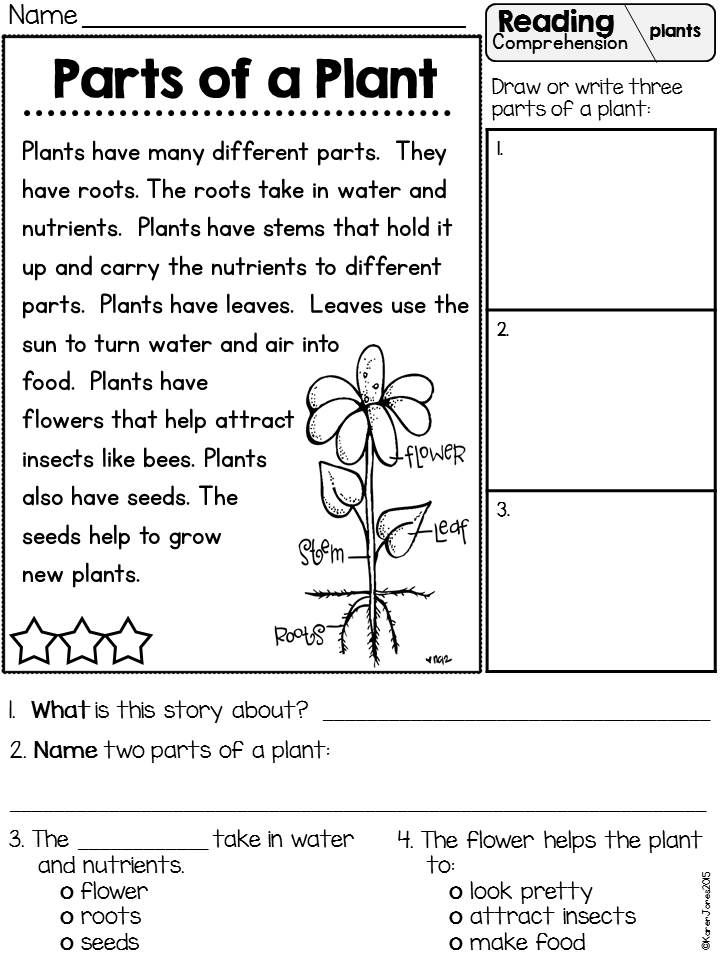
How to teach a child with autism to follow instructions
We hope you find the information on our website useful or interesting. You can support people with autism in Russia and contribute to the work of the Foundation by clicking on the "Help" button.
Communication and Speech
HOW TO HELP PROJECTS
FOUNDATION
Autism Spectrum Disorders Online Course
Test for children aged 16-30 months (M-CHAT-R ™ questionnaire)
Parent organizations
SOCIAL NETWORKS
Vykhod Foundation
How to teach a child to understand speech?
The kid said the first "mom-dad", began to react to your words - for each parent this is a real breakthrough in the development of their beloved child! What speech stages should a child master and how to help him begin to understand speech?
Speech comprehension for a child
Speech comprehension is the transformation of the acoustic representation of speech into a semantic one.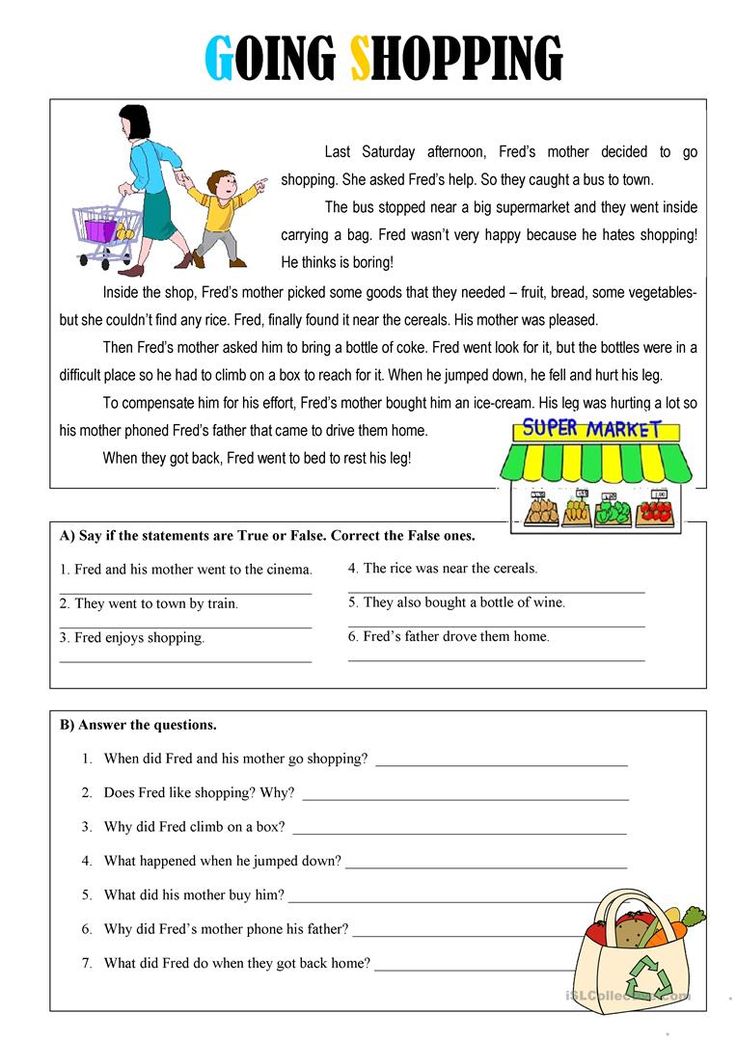 That is, it is the relationship between the word (its sound) and what it means. For example, when you say "chair", you understand exactly that this set of sounds means the object on which they are sitting. And in your head you immediately draw an image of this object: a seat, four legs and a back. Understanding speech is impossible without its perception. To understand a person's speech, one must clearly hear and understand every word. How do children understand speech?
That is, it is the relationship between the word (its sound) and what it means. For example, when you say "chair", you understand exactly that this set of sounds means the object on which they are sitting. And in your head you immediately draw an image of this object: a seat, four legs and a back. Understanding speech is impossible without its perception. To understand a person's speech, one must clearly hear and understand every word. How do children understand speech?
At what age does a child understand speech?
At the age of about 1 year, the child begins to acquire speech intensively, and he begins to understand the people around him. But this awareness is still limited only to understanding the situation, and not individual objects and actions.
When you ask a child to show one or another object, he easily fulfills the request, but he may not respond to the exact same question from an outsider. This is not because he does not want to do it, but from a simple misunderstanding.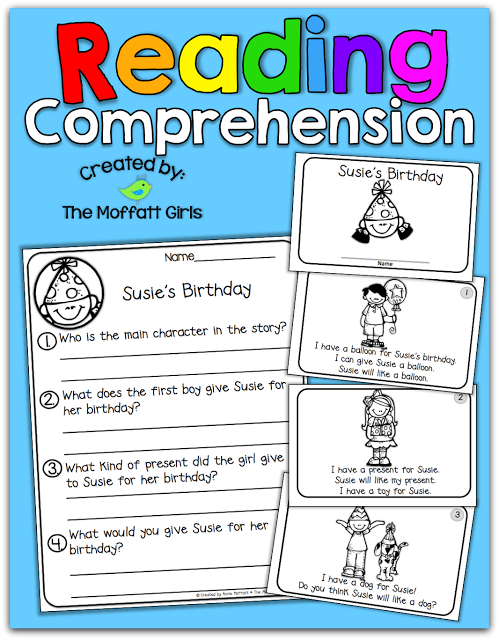 After all, the motivation for action for him is not the words themselves, but the reaction to your gestures, intonation and facial expressions.
After all, the motivation for action for him is not the words themselves, but the reaction to your gestures, intonation and facial expressions.
If at the age of two a child does not even have babbling words in communication, this is a reason to show him to a neurologist and a speech therapist.
We often accompany some words with gestures. For example, when saying “hello”, we wave our hand with a smile. The child grasps the connection between these actions, understands the situation, reacts correctly. But only after some time, he will begin to capture the meaning of words, regardless of who and how they pronounce them. Words become an independent unit for him.
This is how a child builds up his passive vocabulary. These are just the words that he already understands, but does not pronounce yet (pronounced words are an active dictionary).
By the age of 18 months, the child tries to find out the names of objects that interest him by himself, resorting to the help of people around him.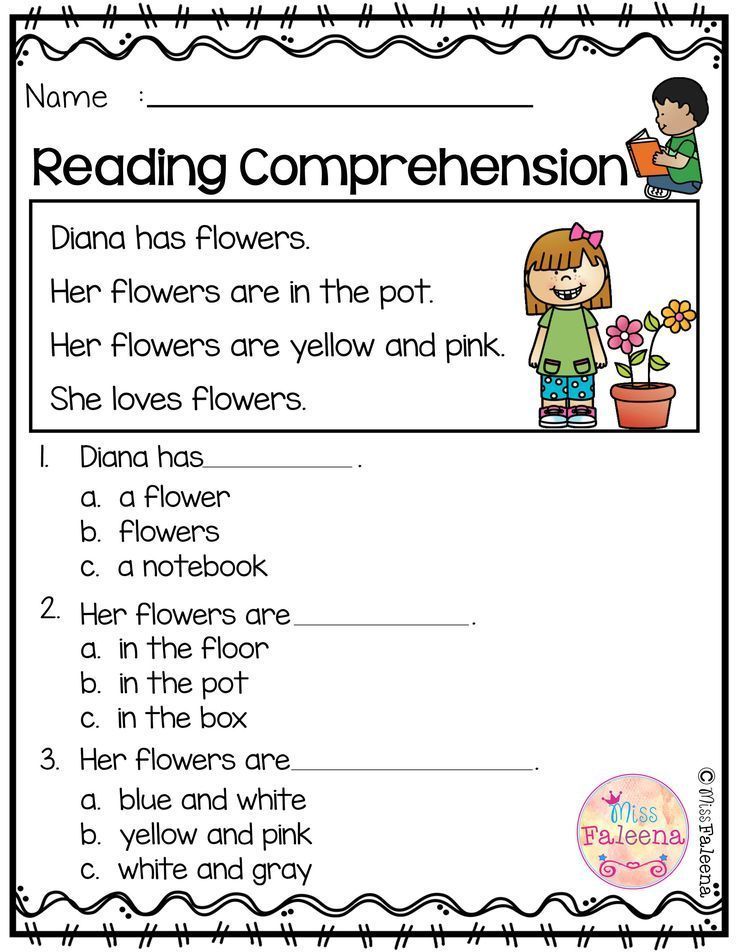
At the age of two, he already understands almost all the words that his relatives use in their everyday life. The kid now knows that with the help of speech you can communicate, get answers to certain questions and voice your desires.
After two years, the child begins to be attracted by the conversations of other people, he listens to them. The awareness of words becomes different.
A new level of understanding of human speech by a child is the ability to perceive it by ear. When you read books with simple plots to your baby, he begins to comprehend speech as a story about objects and situations that are not currently in front of his eyes.
How to teach a child to understand speech?
Speech is the highest mental function provided by the brain. For its development, a special maturity of the cerebral cortex, hearing and a well-formed articulatory apparatus are required. Before teaching a child to understand speech addressed to him, teach him to understand and distinguish non-speech sounds with the help of special toys and audio recordings, then associate a specific sound with an object, designating it with a word.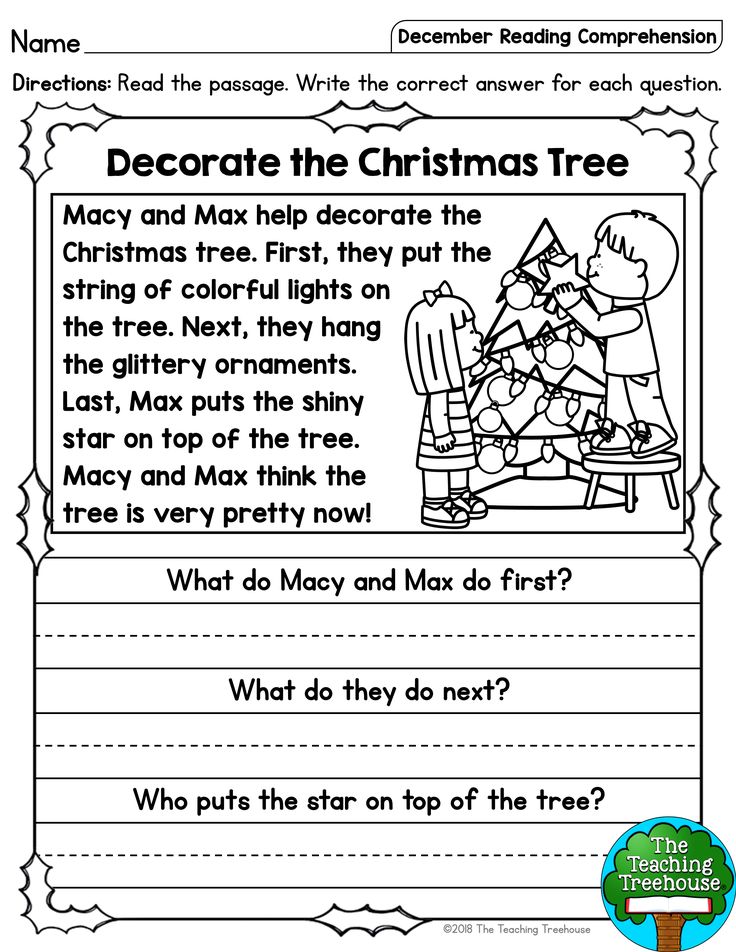 This enriches the conceptual dictionary, and hence the understanding of addressed speech.
This enriches the conceptual dictionary, and hence the understanding of addressed speech.
How can you help your child develop understanding of speech:
- Always match the word with visual action. If you are telling a child about flowers, do not be too lazy to show them to him. Show that flowers are different. Some grow in your house, others on the street, and others are drawn in a book.
- Do not speak in complex sentences. The child is still too young to learn a lot of information at once. Therefore, sentences of 2-3 words are ideal for his perception.
- Pronounce words slowly and clearly. The calmer and clearer you speak, the better. The baby physically cannot perceive fast and slurred speech.
- Tell your baby what you are doing and why . When you cook or clean something - do not forget to comment on everything. On the street, too, tell a little about what you see together. Let it seem to you that he will not understand anything.
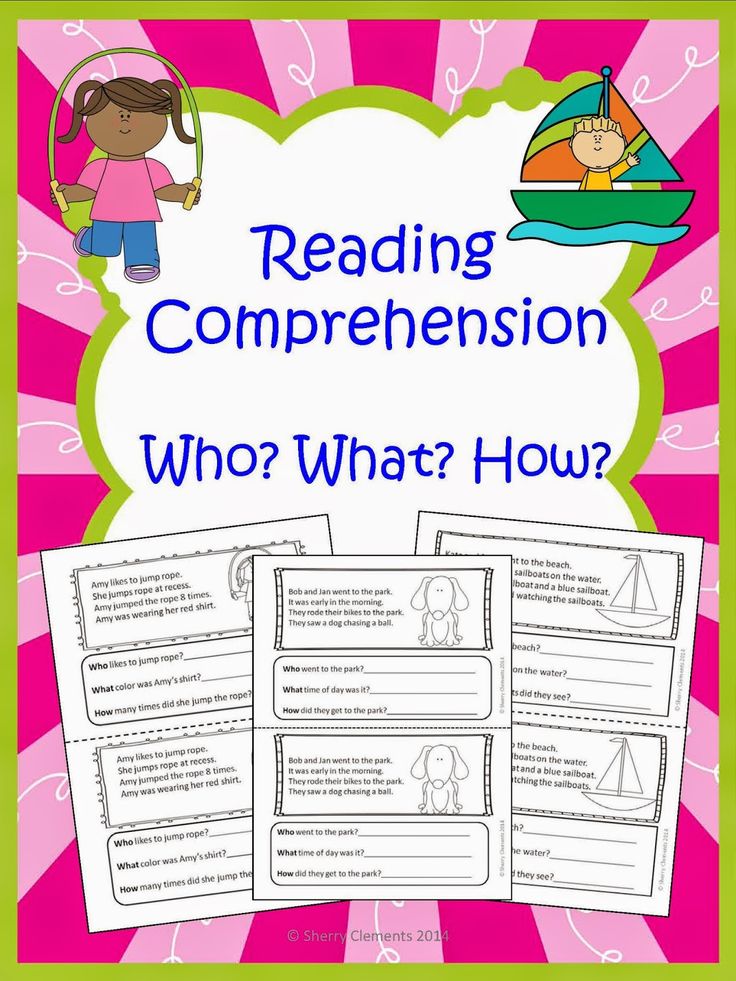 Everything will be deposited in the subcortex and in the passive dictionary.
Everything will be deposited in the subcortex and in the passive dictionary. - After pronouncing babble words, name the full version of the word. Babble words are important for children, this is his first opportunity to answer the world. But the child must understand that not only “av-av” means this cute animal in your house, but also the word “dog”. And thus move to a new level of communication.
- Try to get your baby interested in communication. Motivate your child to talk above. Use more gestures and facial expressions. Children's understanding of speech passes through the prism of emotions more easily.
- Read more books . It is important to read books not only with pictures, but also without them. So the child will learn to perceive speech by itself, without relying on the image.
- Start small. When teaching your baby to understand speech, start with the use of nouns, then add verbs and only then the signs of the subject.
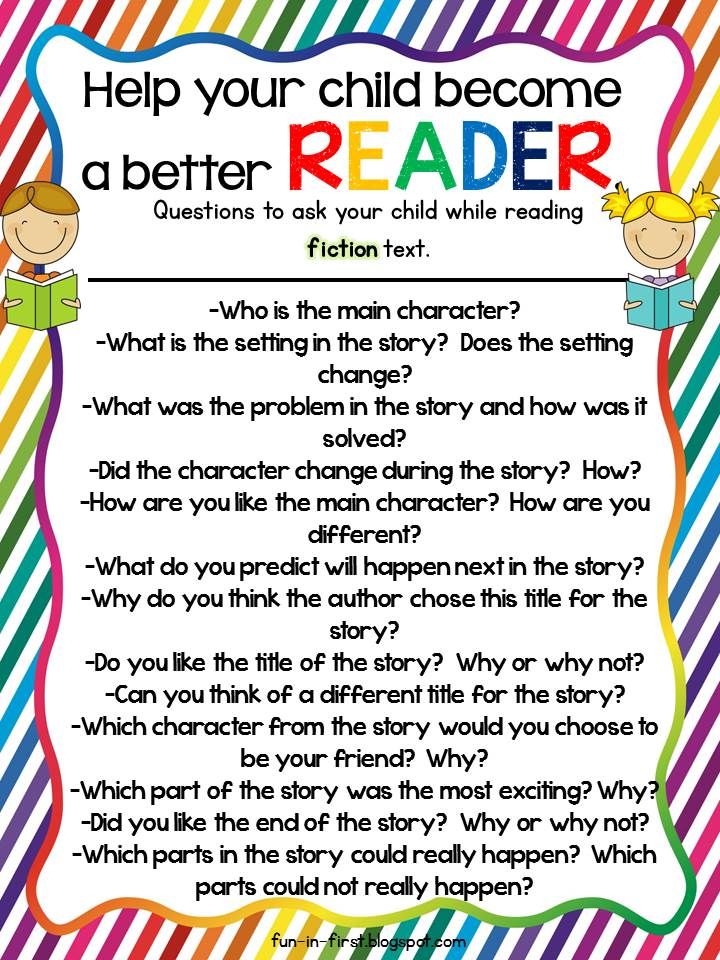 That is, at first, rolling the ball together, you simply say about it: “This is the ball, look at the ball.” Then you can add an action: “Look, the ball is rolling!” and only then provide it with a sign: "Look what a big ball is rolling."
That is, at first, rolling the ball together, you simply say about it: “This is the ball, look at the ball.” Then you can add an action: “Look, the ball is rolling!” and only then provide it with a sign: "Look what a big ball is rolling."
Speech development in boys and girls
There are several reasons why language development is different for boys and girls. By nature, the role of a woman is to give birth to offspring, to accumulate experience and pass it on to the next generation. Therefore, the exchange of information is very important for girls and their ability to do this is manifested to a greater extent. Boys, on the other hand, have to hunt and explore new territories, so speech is, in fact, not so relevant for them.
Both hemispheres of the brain in boys are equally well developed, but the bundle of nerve fibers that connects them is thinner than in girls. Therefore, the transfer of data between spatial thinking (right hemisphere), speech and intelligence (left hemisphere) is slightly slower.